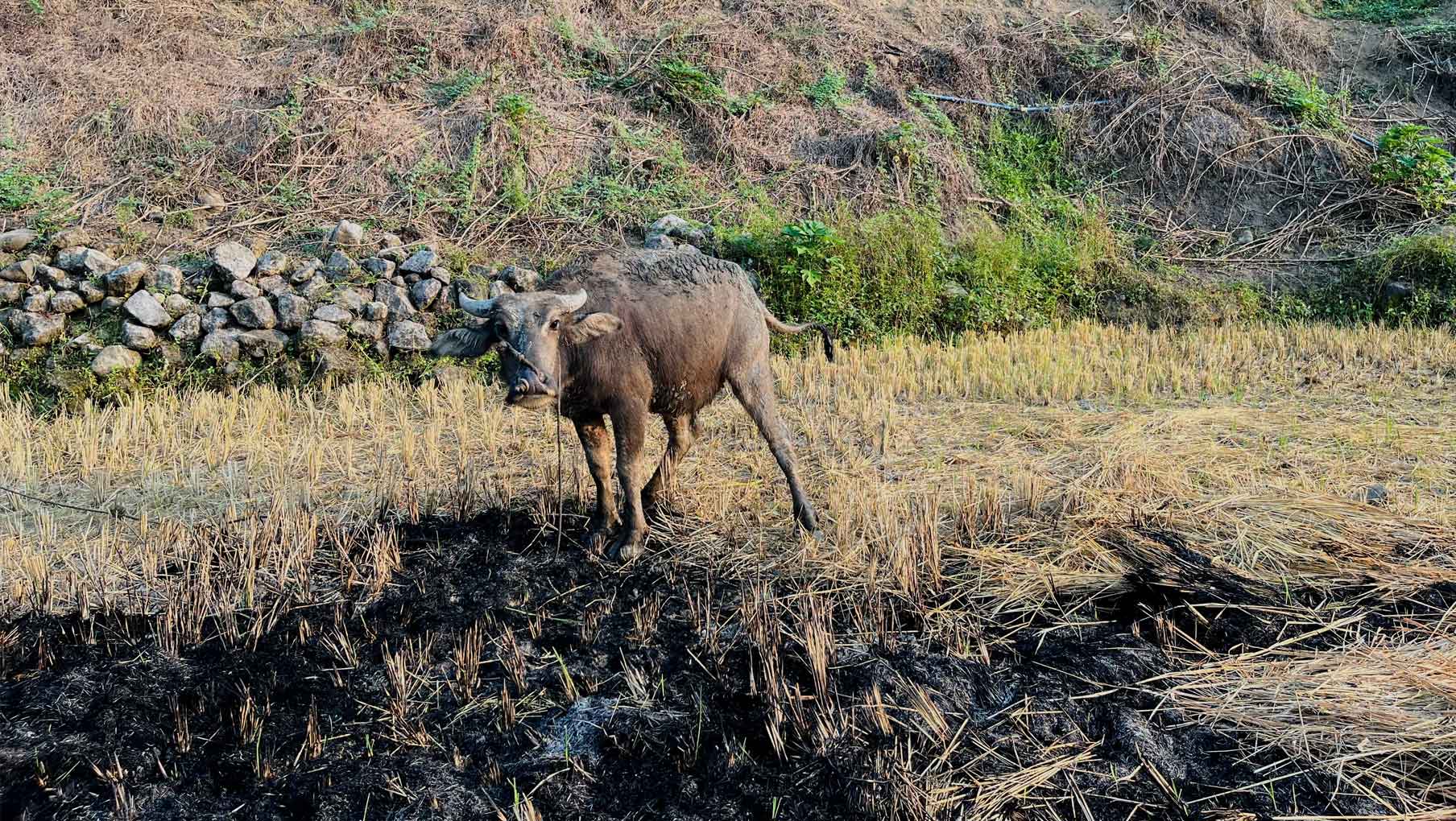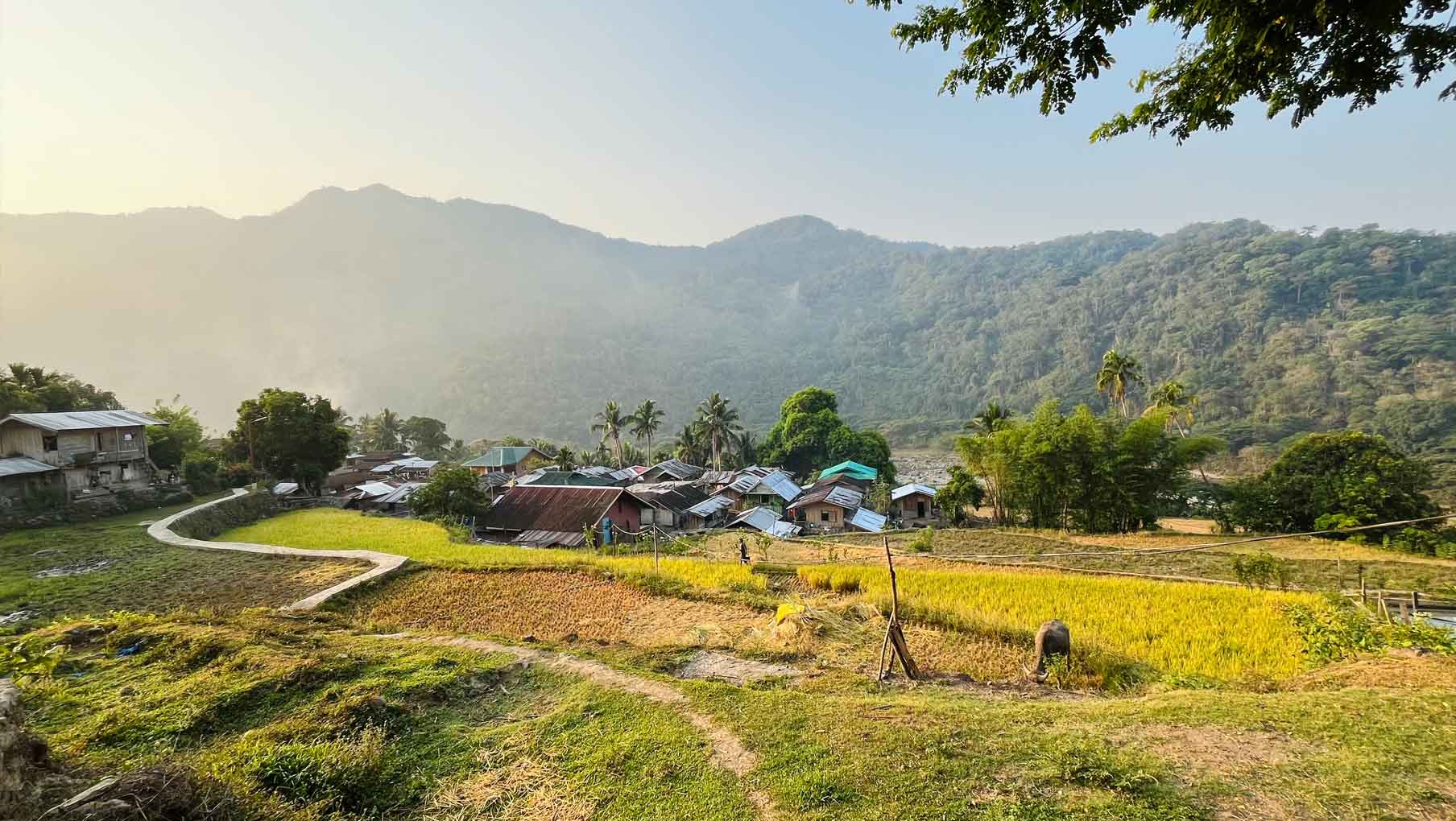Tanglag is one of the barangays of Lubuagan, Kalinga composed of four sitios or villages. These are Sukiap, Bannong, Gaang, and Liglig. It is an agricultural community that can be reached by an around two-hour hike across rugged terrain and the Chico River from the national road of Lubuagan.
The community’s main source of food comes from their rice fields, gardens, and pastured animals. Villagers are also sustained by forests surrounding the community, the mighty Chico River, and the communal fishing ground, Lake Lobong, located in sitio Bannong.
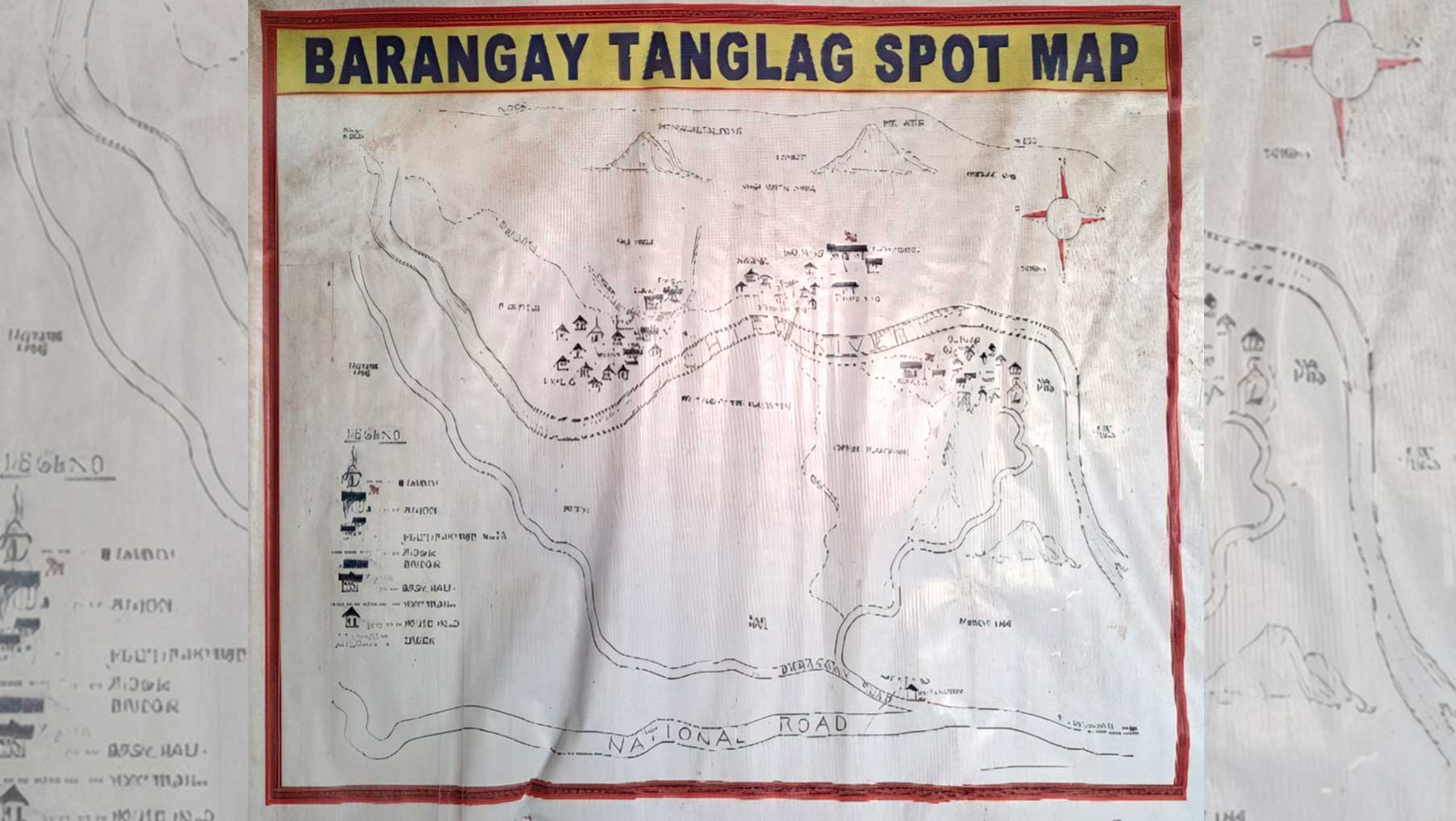
The women of Tanglag have been vital in leading and preserving the indigenous food systems of their community. According to Cecilia Jacinto, one of the women elders of Tanglag, women are the ones who mainly do the whole process of farming, from preparing the land for planting until harvesting. Indigenous women’s major participation in farming can be observed by the length of their tapis (traditional skirts) which was above the knee.
Paulita Batoy, another woman elder of the community, shared that Innabuyog was and continues to be an important indigenous practice in food security. It is the concept of reciprocal labor that binds everyone to collectively work together to make sure that everyone in the community has something to eat. Batoy recollected that when she was younger, women do not only focus on attending to their own farms. Her mother and other women in the community formed groups to attend to all the farms in the community. They do this without expecting monetary returns. She also recalled that her mother told her once that if they see someone milling their rice (agbaybayo), they should not pass by them if they do not have the intention of lending a hand. Further, whenever it was time to eat, the women in the community ask each other what their viand was and shared what they have to those who do not have food on their table or those who do not have enough. This strengthens the indigenous system that food production and food security is a community concern.
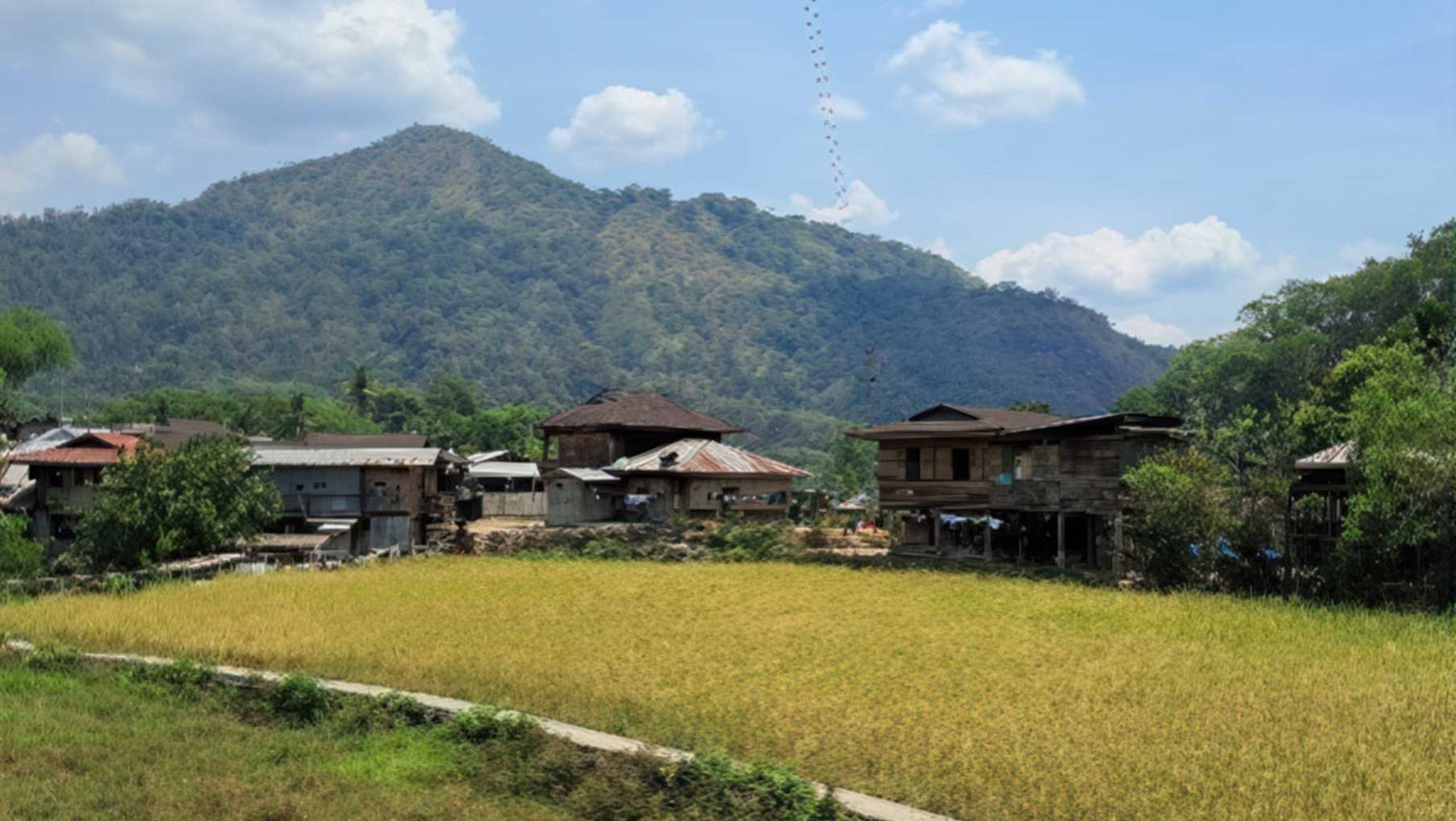
Indigenous peoples of the Cordillera have developed an agricultural system that led to the survival of their communities since time immemorial. In farming, they know when is the best time to prepare the land, to plant seedlings, and to harvest. They can determine how many and what types of seeds, such as Unoy (red rice) and Oyak (white rice), should be planted on their respective rice paddies and gardens. During harvest, they can estimate how much should be kept for sustaining the family and how much can be sold to the market.
Planting of rice is done twice a year, in the month of July and December, while planting in the uma (swidden farms) is done once a year, in the month of May. Jacinto and Milagros Ngayaan shared that their feet are used in preparing the rice paddies for planting. They also use their cows in bigger rice paddies. This preserves the natural state of the soil. Women work together to manually remove roots from the garden unlike now that spit fire is utilized.
Jacinto, Batoy, and Ngayaan also shared that kikilaw (scarecrows) are used to drive away rice birds that can harm the rice fields. The kikilaw is made of old cloth. Chili pepper spray is used to protect the rice fields from bangaw (rice insects) instead of pesticides.
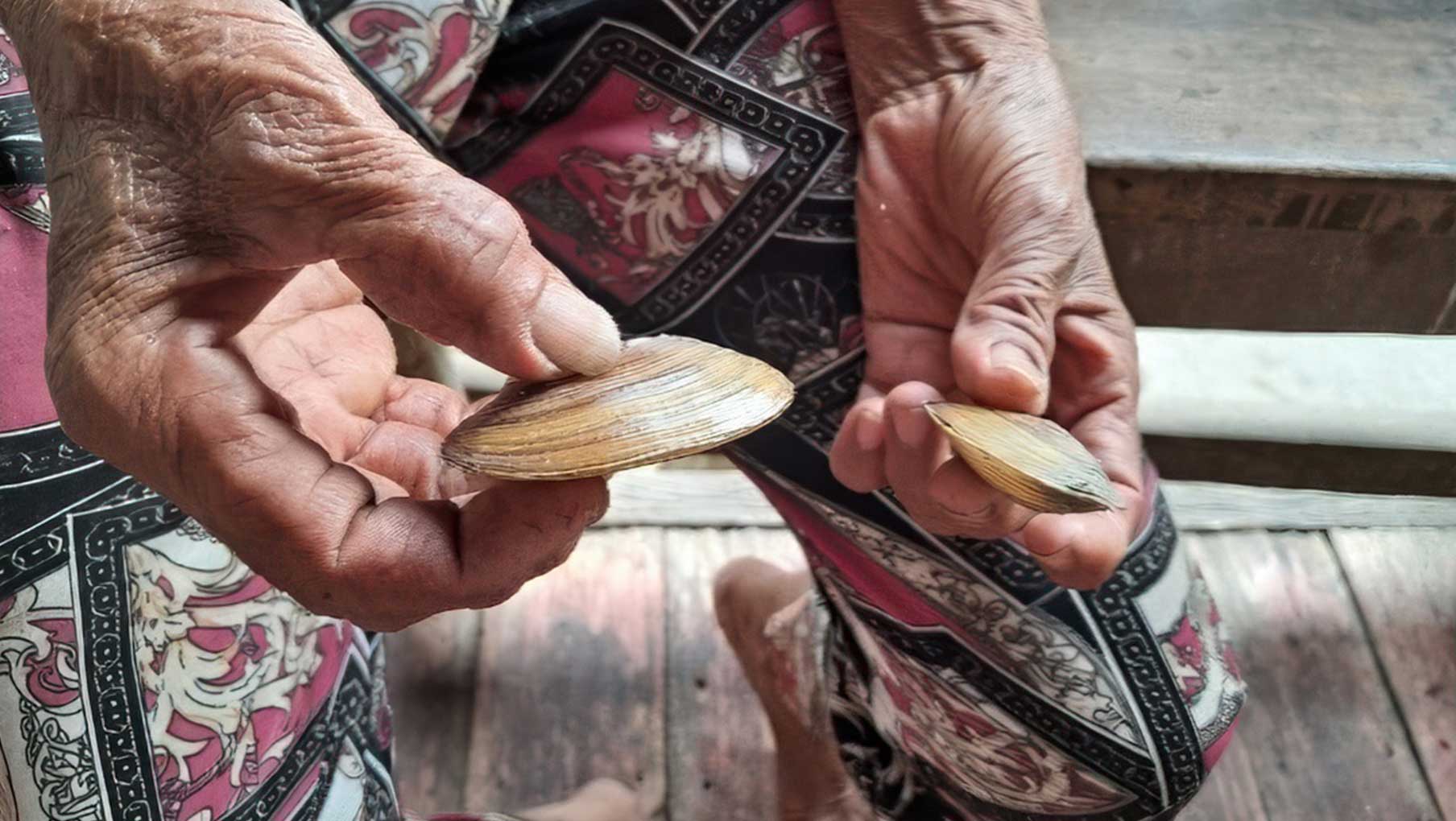
During harvest season, Jacinto shared that people from other communities are not allowed to pass through a community that started its harvest until it was time to eat. This shows that even the act of harvesting rice is a sacred act of producing food.
Lake Lobong, where the community get different kinds of fish and shells (binga), is conserved in a way that people get only what they need and see to it that it is not polluted. Their forests are conserved in the same manner that wild animals, such as wild deer and pigs (ugsa and damman) continue to live in these mountains.
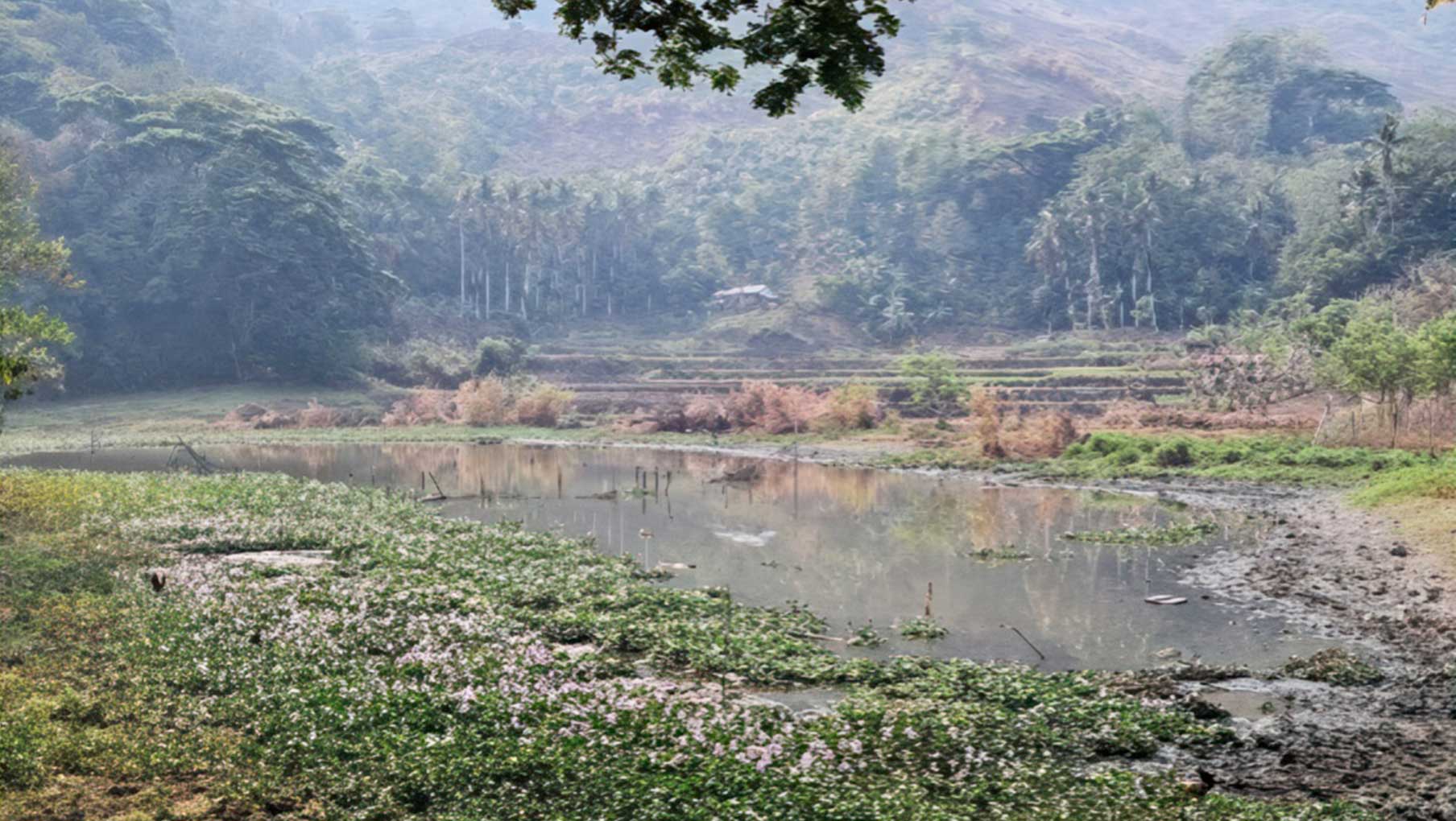
It is commendable that Tanglag was able to preserve most of its indigenous food systems. This can be reflected in the way the community preserved and protected their ancestral lands. The community can still rely on its rice paddies, swidden farms, forests, and lake as its food source. However, these are not as utilized as before due to major changes that pose as threats to food security.
One of the challenges faced by the community, especially the women who make sure that their family has something to eat on a daily basis, is climate change. There has been an abnormal rise in temperature in Southeast Asia that severely impacted agricultural countries such as the Philippines. It can be observed that the rice fields in Tanglag are dry (tikag) and that Lake Lobong is gradually drying.
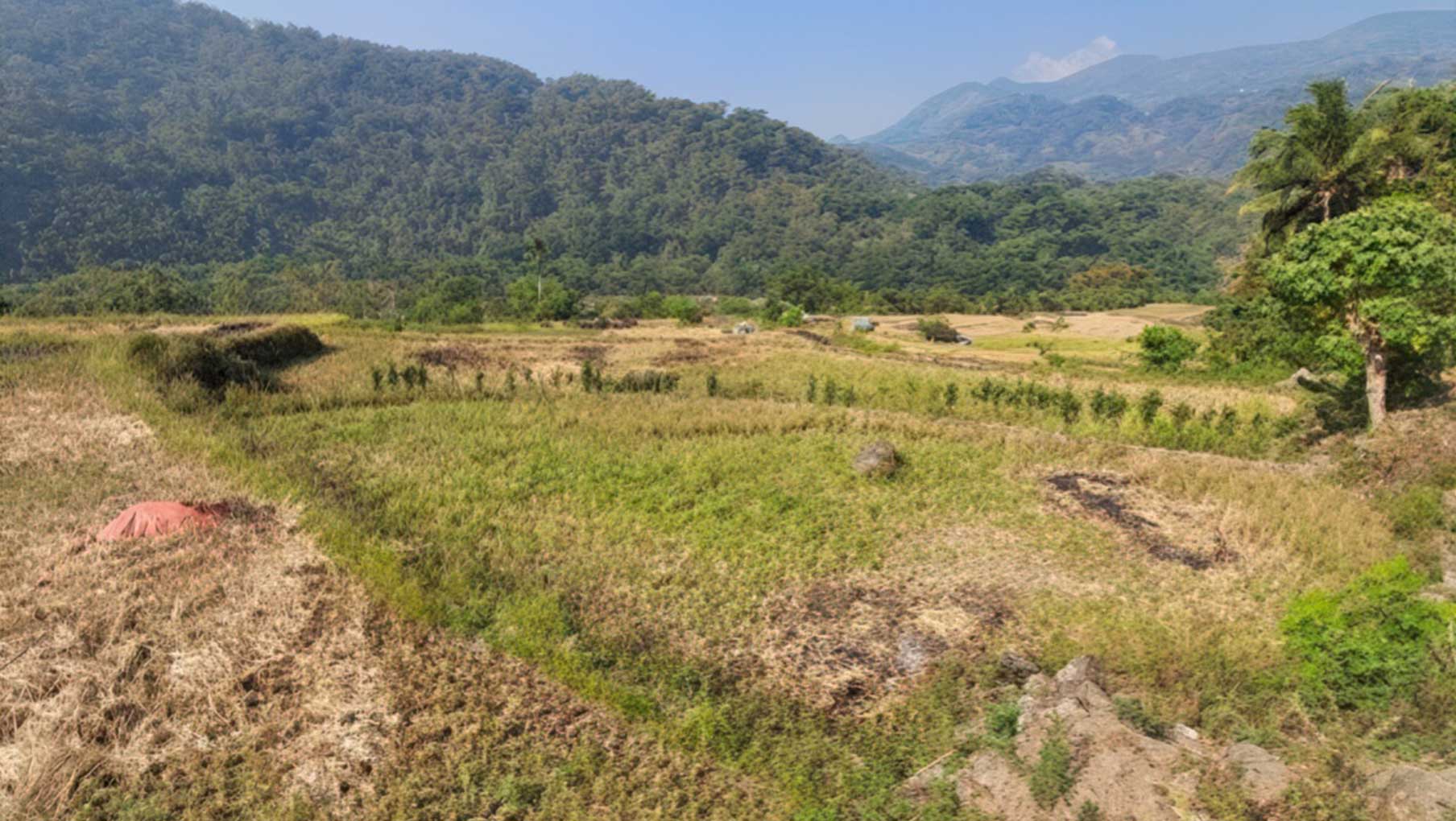
Another threat to indigenous food systems is the sudden shift from subsistence economy to cash economy. Batoy can observe how monetary returns gradually changed the concept of Innabuyog. While it continues to be practiced until today, people now give importance to how much they can earn from doing hard labor to make ends meet amidst the rising inflation. Food security as a community concern is now becoming a family or individual concern. The harvest of each family from their rice fields and gardens are just enough to sustain the family.
Related to this is the existence of state government structures that is gradually undermining indigenous socio-political structures. Batoy observed that community projects are now implemented only when these projects are approved and budgeted by the national government.
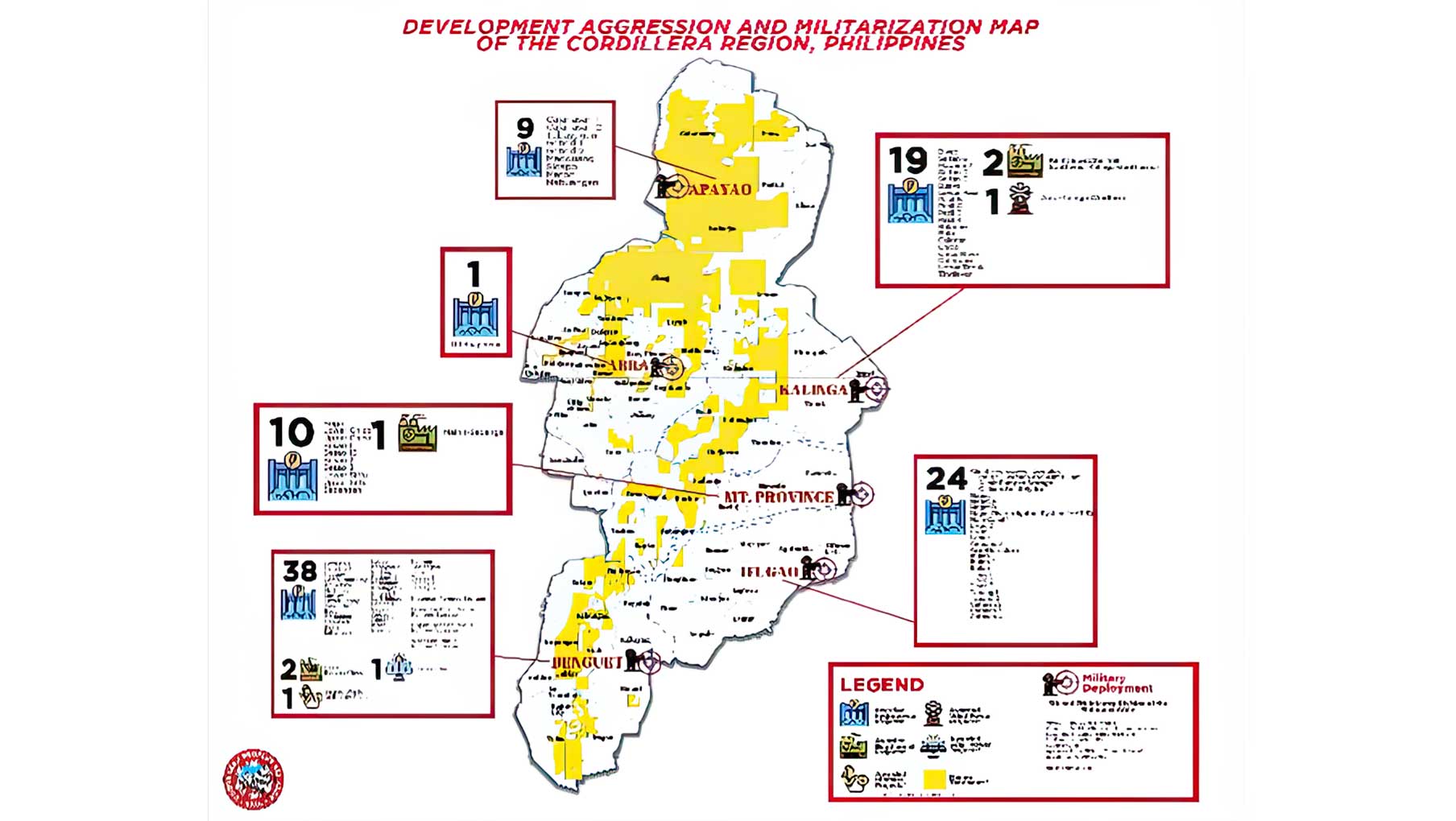
Last but not the least is the continuous entry of huge and destructive projects. The Chico River continues to be a target for hydro-power projects. To effectively stifle dissent, the entry of these projects is accompanied by state military forces and the National Task Force to End Local Communist Armed Conflict (NTF-ELCAC) in the guise of counter-insurgency. The 54th Infantry Battalion are currently camping in Lubuagan.
To preserve their indigenous socio-political structures, the people of Tanglag formed peoples’ organizations that will truly reflect projects and advocacies that the community really need. However, these organizations are suspected by state military forces and the NTF-ELCAC as a form of insurgency against the Philippine government. This then limits the community to come together and actualize programs that can strengthen food security.
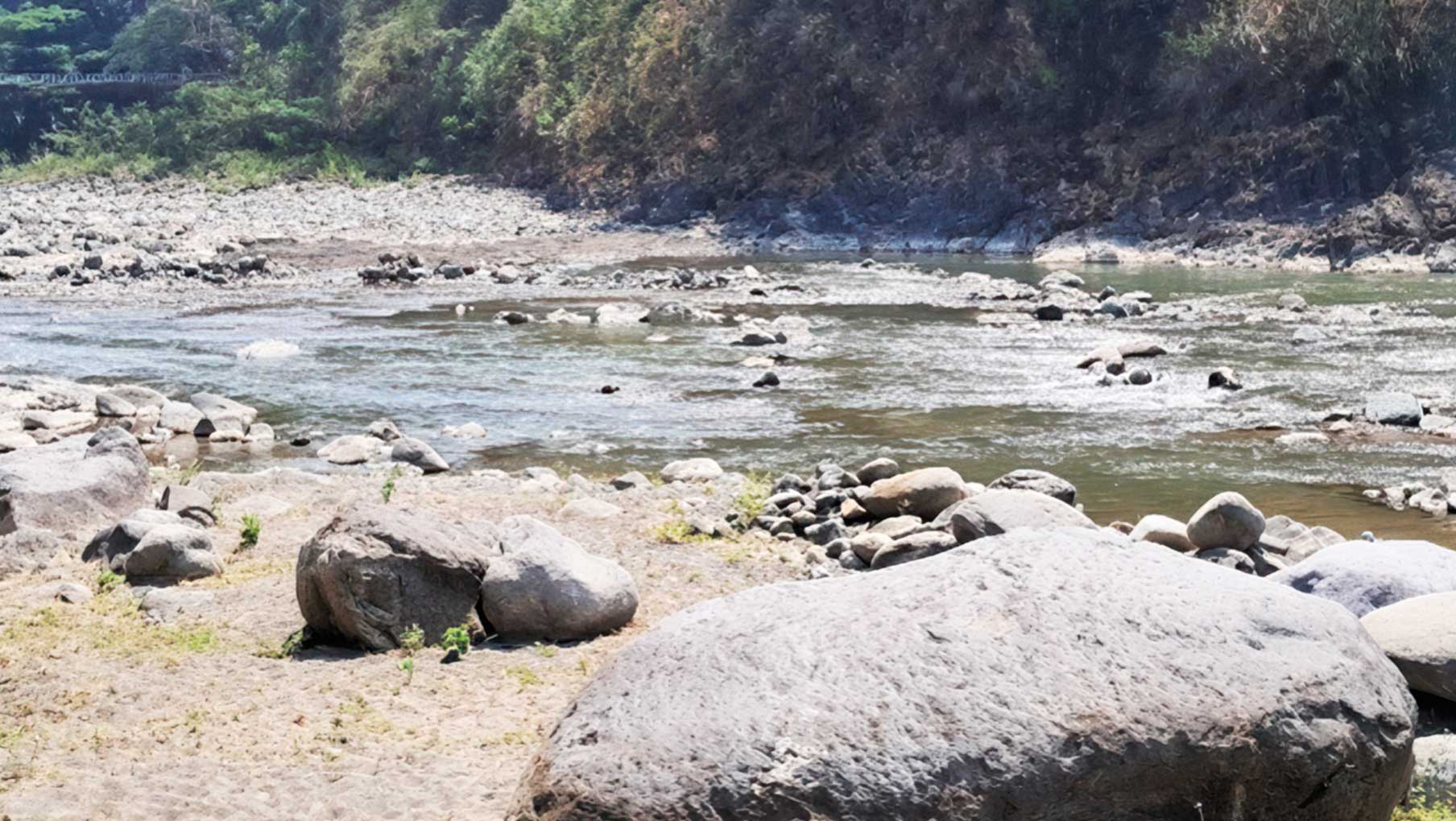
Nonetheless, we remember the Chico River Dam Project in the 1970’s that threatened the communities of Kalinga and Mountain Province. Jacinto recalled that the people of Kalinga and Mountain Province collectively fought against the establishment of this project and it was the women who were in the forefront of this historical struggle. This courageous act was vital in sustaining indigenous food systems, continuing food security. Still, developers continue to push through with their projects in the Cordillera region, but indigenous peoples are ready to continuously reject these destructive projects that will threaten their land, life, and dignity. This was solidified when the 40th Peoples’ Cordillera Day was successfully held on April 23 – 24, 2024 in Tanglag, Lubuagan, Kalinga.
